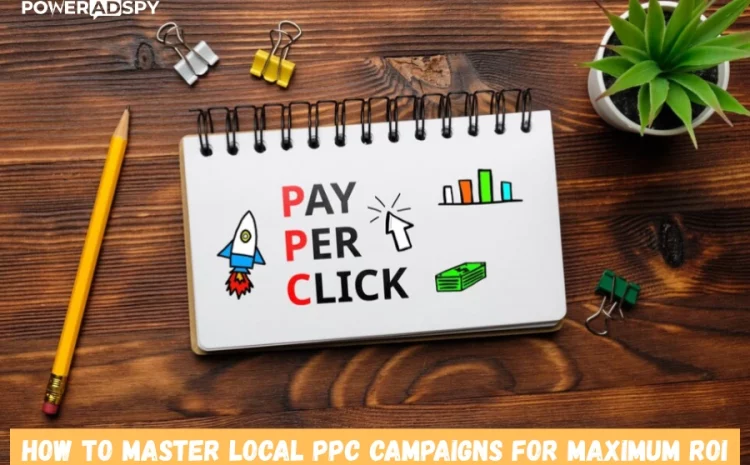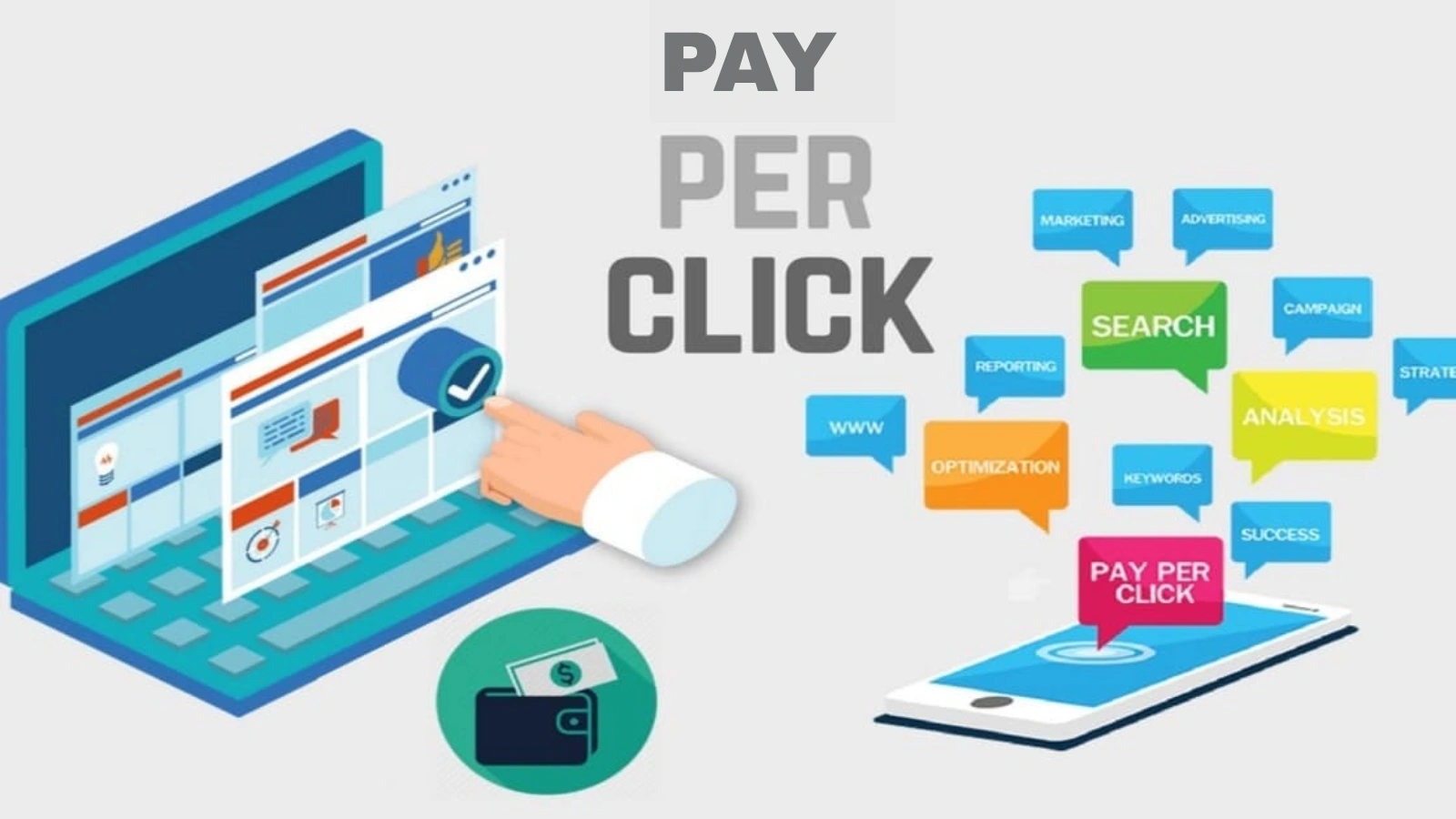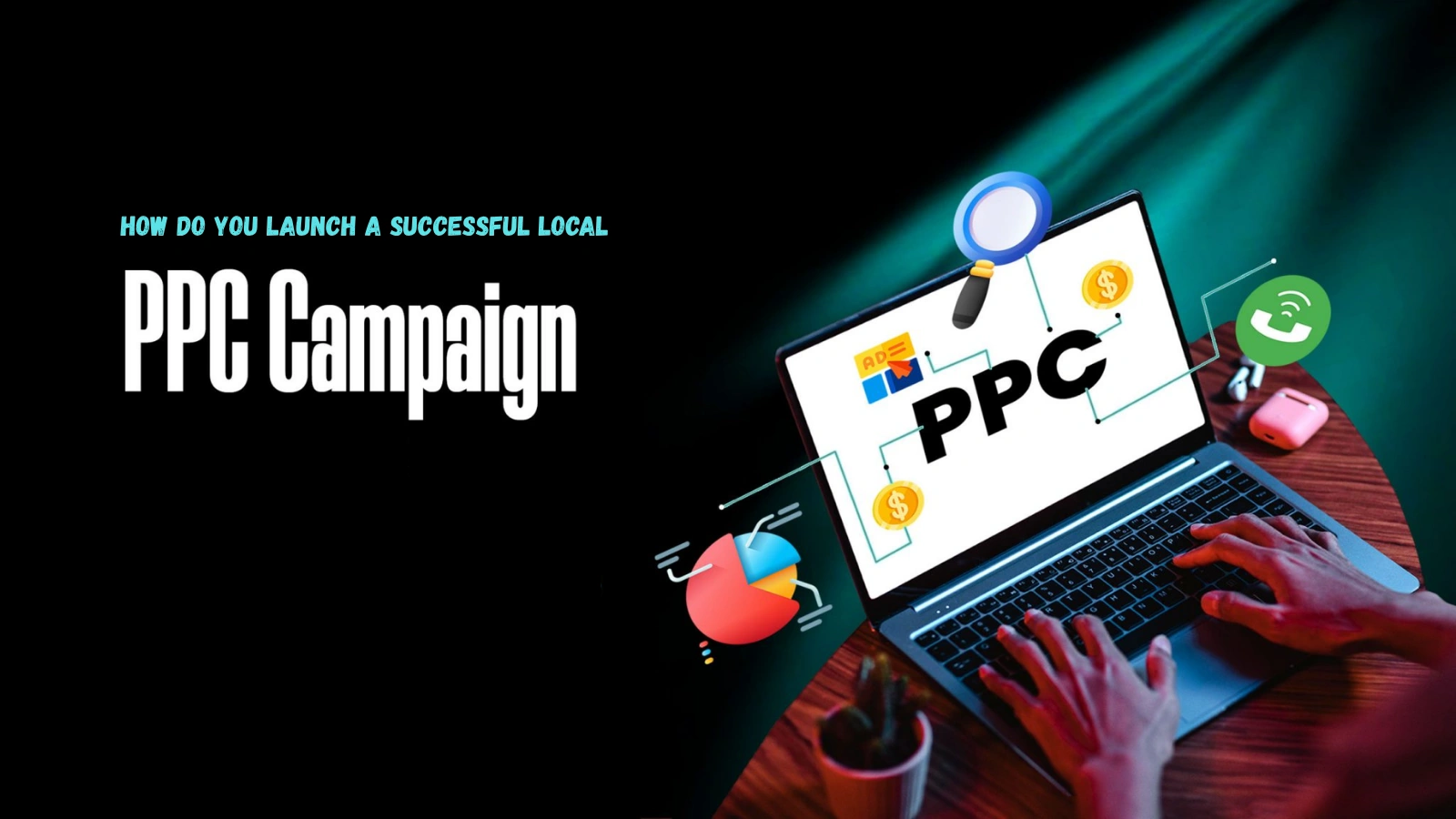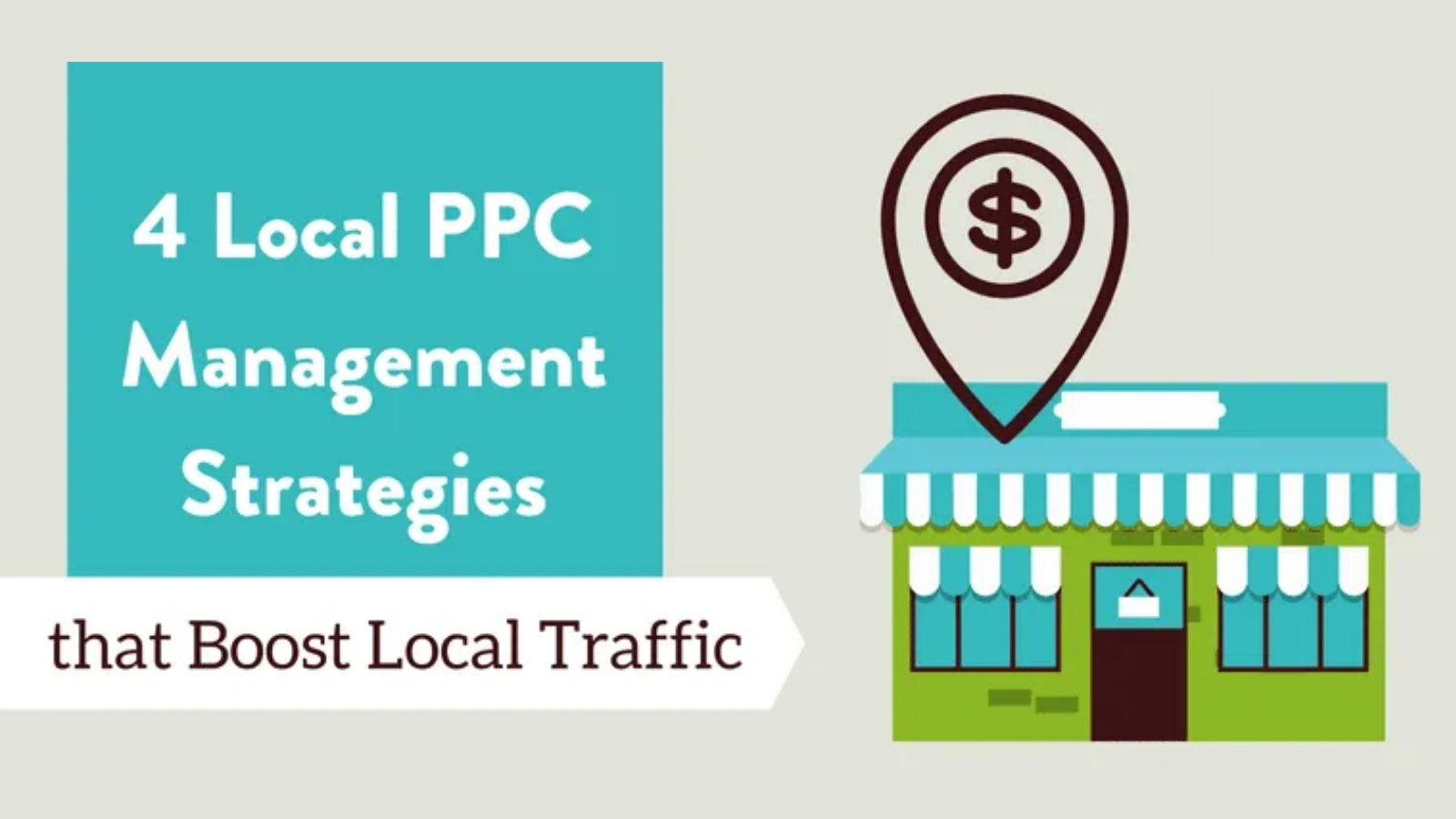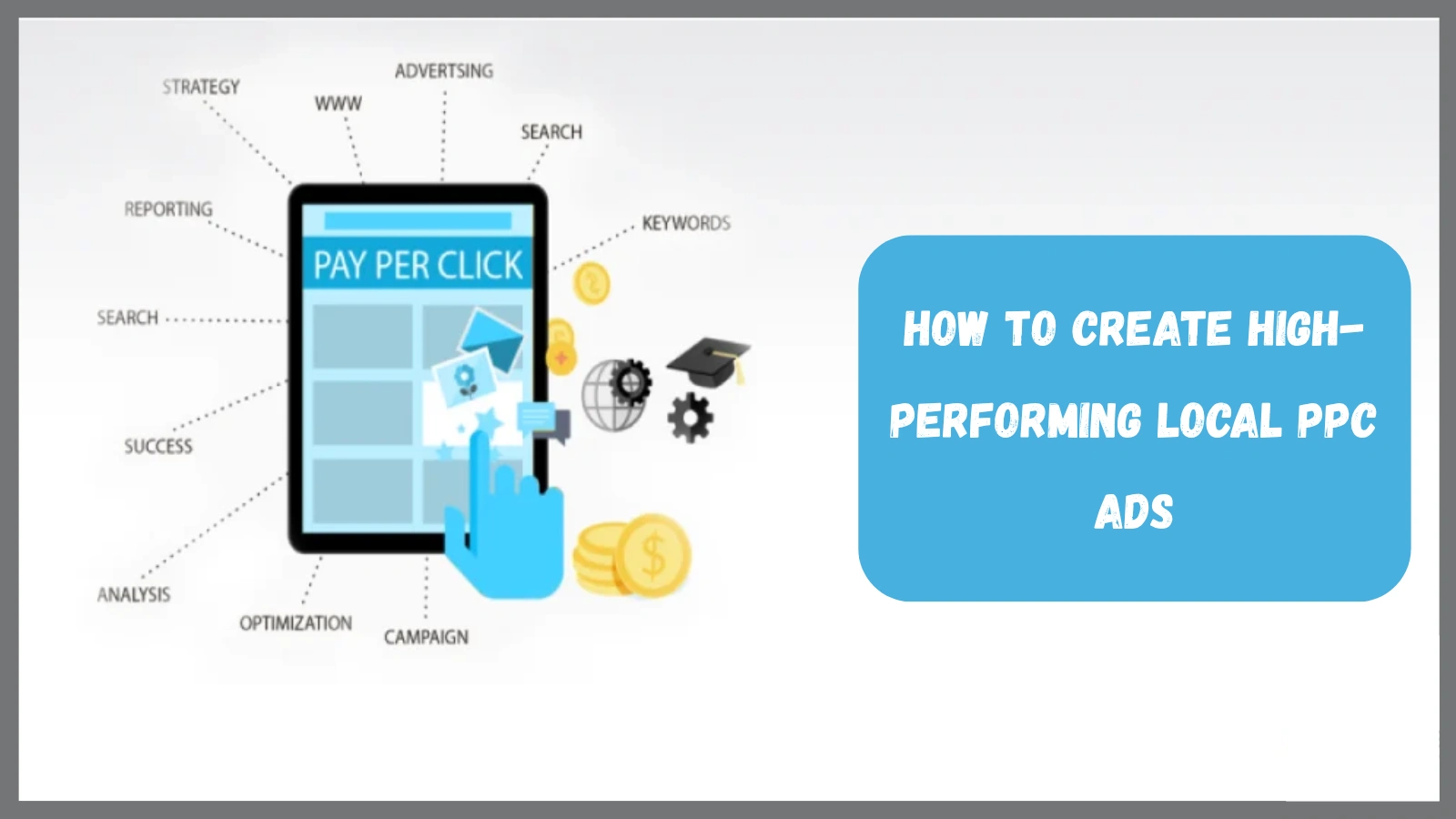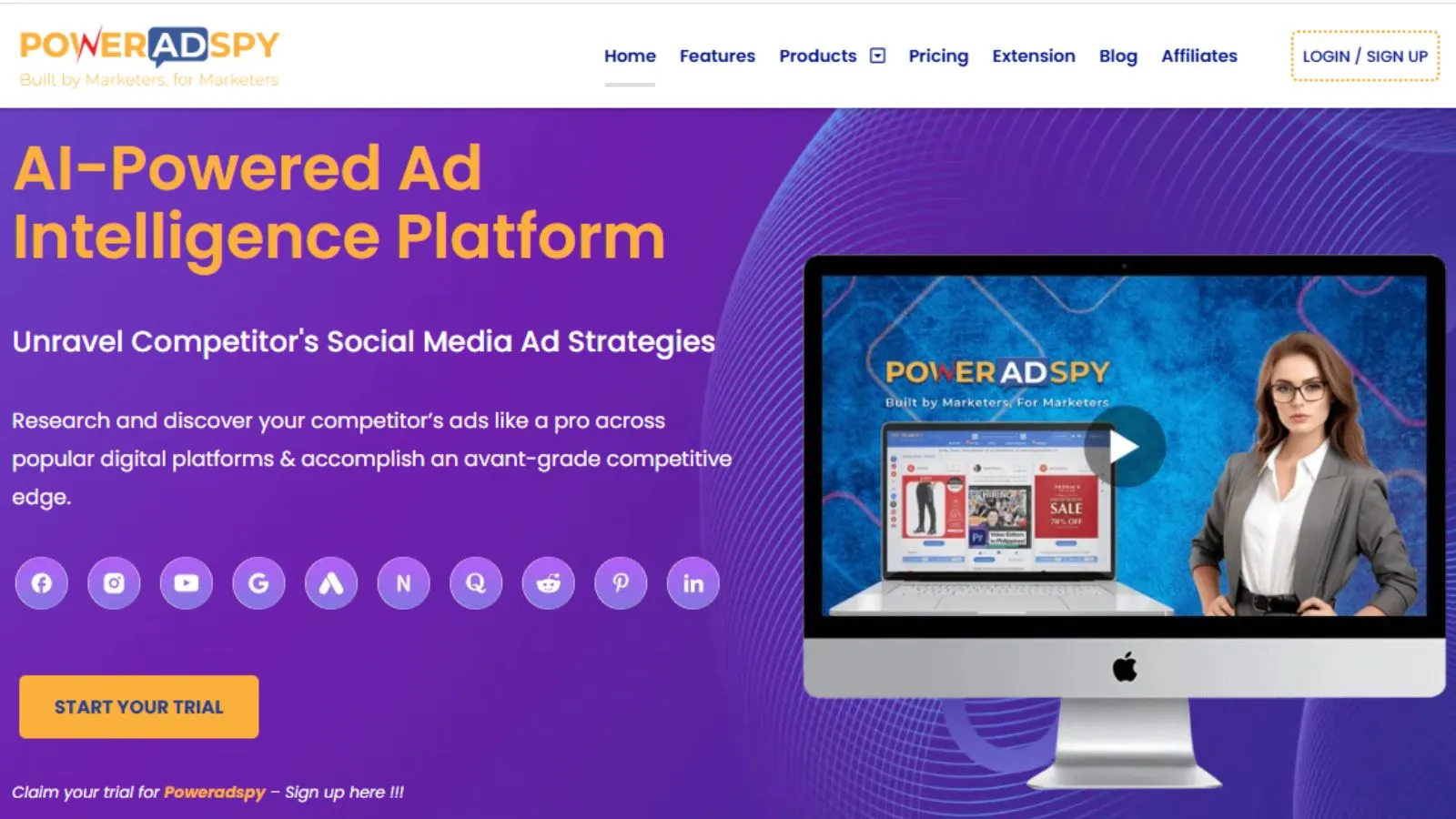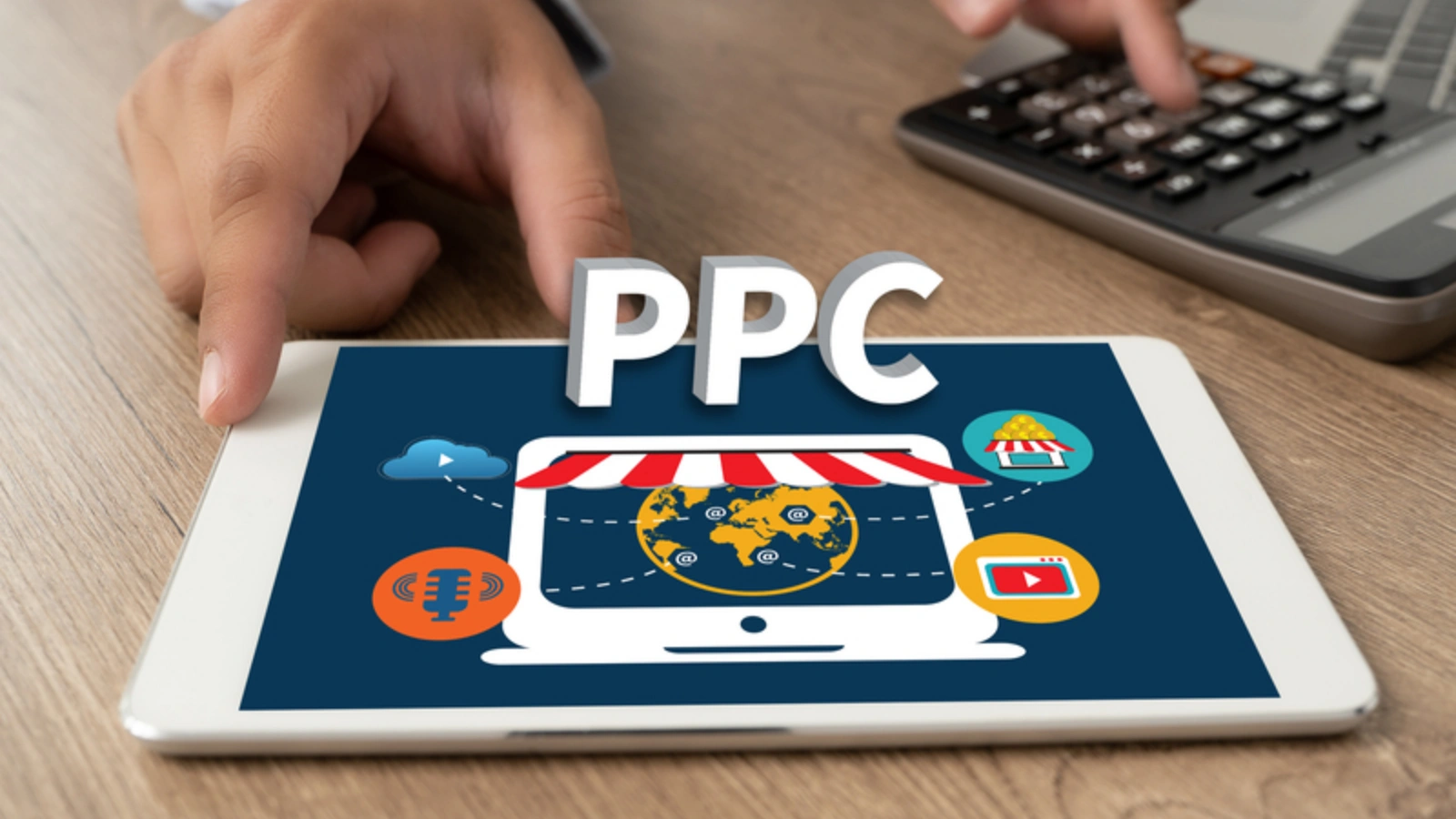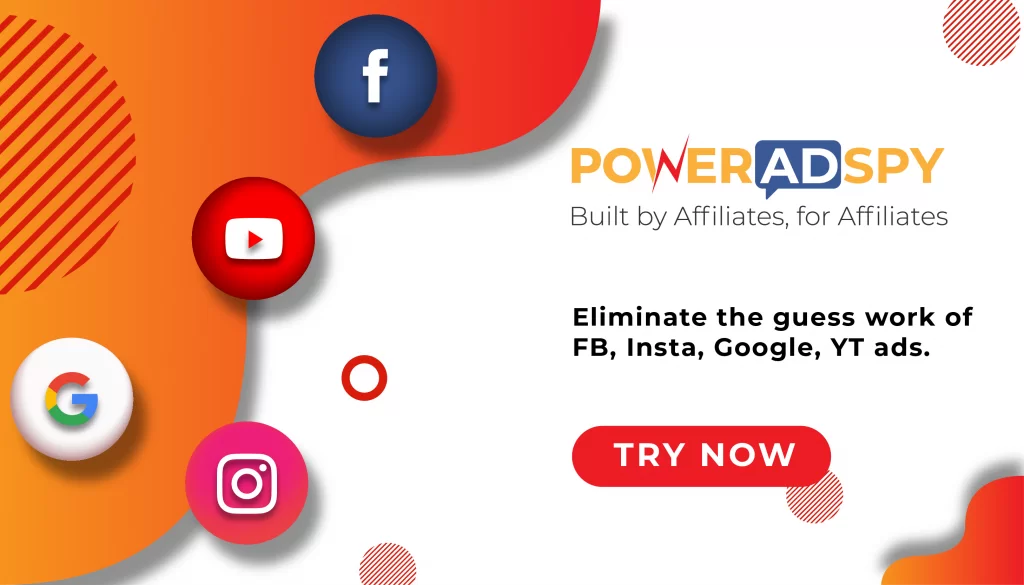How To Master Local PPC Campaigns For Maximum ROI?
Nothing works quite like local PPC marketing when you want to reach customers in your area quickly and efficiently. Whether you’re a small coffee shop, a regional service provider, or a local retail store, the right paid search strategy can put you directly in front of potential buyers exactly when they’re searching for what you offer.
But here’s the catch: local PPC differs from broad or national campaigns. You’re not just competing for keywords; you’re fighting for attention in a small but competitive geographic area. That means your strategy needs to be sharper, more targeted, and more data-driven.
In this guide, we’ll explore everything you need to know about local PPC, from keyword targeting to ad creatives, competitor analysis, and budget optimization. By the end, you’ll have a clear blueprint to dominate your area’s search results.
Listen To The Podcast Now!
What Is Local PPC & Why Does It Matter?
Local PPC (pay-per-click) is a type of paid advertising where your ads are shown to people within a specific geographic location. Instead of targeting an entire country or global audience, you focus on cities, neighborhoods, or even a radius around your business.
Why is this important? Because it ensures your ad spend is concentrated on the audience most likely to convert, local customers actively looking for your products or services. This is especially valuable for service-based businesses like plumbers, dentists, restaurants, and retail stores.
How Local PPC Works?
The core principles are similar to traditional pay per click advertising campaigns but with enhanced geographic precision. By setting location targeting in platforms like Google Ads or Microsoft Advertising, you ensure your ads are shown only to potential customers within your desired area, making every click more relevant.
Key elements of a strong local PPC campaign include:
- Location Targeting: Define exactly where your ads will appear, whether it’s a specific city, ZIP code, or a set radius around your business location. This ensures you’re only paying for clicks from users who can realistically visit or purchase from you.
- Localized Keywords: Incorporate search terms that combine your services or products with location-specific phrases (e.g., “plumber in Austin”). This improves ad relevance and click-through rates.
- Geo-Targeted Ad Copy: Customize headlines and descriptions with your city, neighborhood, or landmark references. This helps your ad feel more personalized and trustworthy to local searchers.
- Landing Page Optimization: Create landing pages that highlight local credibility, such as nearby client testimonials, local images, and area-specific offers, so visitors feel they’re dealing with a business that understands their community.
- Local PPC Competitor Analysis: Study your local competitors’ campaigns, keywords, and ad strategies to identify gaps and opportunities. This analysis allows you to refine your targeting, craft more effective ad copy, and stay ahead in your local market.
Also Read:
How To Dominate Search Results With Pay Per Click Advertising?
The Role Of PPC Ads In Local Campaigns
PPC ads are the backbone of any targeted advertising strategy, offering instant visibility to people actively searching for your products or services. Unlike SEO, which can take months to show results, PPC allows you to connect with potential customers immediately. However, to get the best results, ads must be supported by excellent customer service, competitive pricing, and a strong local reputation.
How To Scale A Profitable Local PPC Campaign?
Once your campaign is delivering steady results, you can scale effectively by:
- Expanding to Nearby Areas: Target neighboring neighborhoods or cities with similar customer profiles.
- Increasing Bids on High-Performing Keywords: Capture more visibility for the terms driving the most conversions.
- Testing New Ad Formats: Try video ads, carousel ads, or interactive formats to boost engagement.
- Adding Remarketing Campaigns: Reconnect with visitors who showed interest but didn’t convert on their first visit.
What Are The Benefits Of Local PPC For Small Businesses?
Running a targeted campaign offers unique advantages that can significantly impact your business growth, especially if you rely on foot traffic or a geographically limited service area. By focusing on the right audience in your area, you can maximize results with every click.
Here are the benefits of local PPC for small businesses:
Higher Conversion Rates:
Local searchers often have a stronger purchase intent; they’re looking for immediate solutions nearby. For example, someone searching “emergency locksmith near me” is more likely to hire on the spot compared to a general searcher.
Better ROI:
By targeting only the locations you serve, you minimize wasted ad spend on irrelevant clicks from outside your area. Every dollar goes toward reaching people who can realistically become paying customers.
Stronger Local Presence:
Consistently appearing in local search ads keeps your business top-of-mind for nearby customers. Over time, this visibility builds trust and brand recognition in your community.
Competitive Edge:
Even with a smaller budget, you can outperform larger competitors by focusing on hyper-local targeting and personalized messaging. Your ad relevance and proximity can win clicks over generic national campaigns.
How Do You Launch A Successful Local PPC Campaign?
Launching a local business PPC campaign isn’t just about running ads; it’s about strategically connecting with the right people in your community at the exact moment they’re ready to take action. By following a structured approach, you can maximize your budget, boost relevance, and drive high-quality leads directly to your business.
Research and Strategy:
Start by analyzing your local market to understand demand, customer behavior, and competitive positioning. Use competitor analysis tools to see which keywords competitors are targeting, the ad formats they’re using, and the offers driving engagement. This helps you identify gaps and opportunities for your campaign.
Choose the Right Keywords:
Select a mix of high-intent keywords combined with location modifiers to capture relevant local searches (e.g., “emergency dentist in Chicago”). Incorporate negative keywords to filter out irrelevant traffic, ensuring every click has a high chance of converting.
Set Location Targeting:
Configure precise targeting in Google Ads PPC or Microsoft Advertising so your ads appear only in your serviceable area. Whether it’s a single city, multiple ZIP codes, or a defined radius around your business, accurate targeting prevents wasted spend and increases ad relevance.
Craft Localized Ad Copy:
Write ad copy that connects directly with your local audience by mentioning city names, local events, or community-specific offers. Use persuasive language that reflects local culture and builds familiarity, making your ad stand out in search results.
Build a Location-Optimized Landing Page:
Create a landing page that fulfills the promise of your ad. Include local testimonials, maps or directions, area-specific offers, and images that resonate with your community. A well-designed, location-focused page boosts trust, keeps visitors engaged, and increases the likelihood that clicks convert into real customers.
Also Read:
How To Maximize Your Google Ads PPC Campaign?
What Are The Best Practices For Effective Local PPC Management?
Good local PPC management goes beyond launching campaigns; it’s about constant monitoring, fine-tuning, and adapting to audience behavior to achieve the highest possible ROI.
Let’s take a look at the best practices for effective local PPC management:
Monitor Search Terms for Relevance:
Regularly review the actual search queries that trigger your ads to identify irrelevant clicks, new keyword opportunities, and gaps in targeting. Adding negative keywords based on this data can save budget and improve conversion rates.
Adjust Bids Based on Location Performance:
Analyze performance reports to see which geographic areas generate the best results, and increase bids there to capture more high-value traffic. Reduce bids or pause ads in locations that underperform to optimize spend.
Leverage Ad Scheduling for Peak Impact:
Run ads during your business’s peak hours or when local customers are most likely to engage. For example, a restaurant might focus on lunchtime and dinner hours, while a plumber could prioritize early mornings and evenings.
Track Calls and In-Store Visits for Offline Conversions:
Use call tracking tools and Google Analytics’ offline conversion tracking to measure the real-world results of your ads. This gives you a clearer picture of ROI beyond just online clicks and form fills.
How To Create High-Performing Local PPC Ads?
Creating effective advertising comes down to being clear, relevant, and compelling. Every element should speak directly to your target audience while reinforcing your local presence. Here’s how to make your ads stand out:
Include Location Names in Headlines:
Mentioning your city, neighborhood, or region in the headline instantly tells searchers that you’re nearby and relevant. For example, “Top-Rated Dentist in Dallas” builds trust and attracts clicks from local prospects.
Add Urgency with Limited-Time Offers:
Incorporate time-sensitive promotions such as “20% Off This Weekend Only” or “Book Today for Same-Day Service.” Urgency encourages faster decision-making and reduces the likelihood of customers delaying action.
Highlight Local Reviews or Awards:
Showcase testimonials, ratings, or recognition from local organizations to build credibility. A line like “Voted Best Café in Austin 2024” signals trustworthiness and community approval.
Use Ad Extensions for Convenience:
Enhance your ad with extensions such as click-to-call buttons, location maps, or direct links to specific service pages. These make it easier for customers to contact you or find your business without extra steps.
Align Messaging with Local Events or Seasons:
Tie your offers and ad copy to local festivals, holidays, or seasonal needs. For example, a heating service could promote “Winter-Ready Furnace Check in Chicago” during colder months, instantly resonating with the audience’s current priorities.
When your ads are tailored to your location, audience needs, and timely offers, they become more than promotions; they become a direct path for local customers to choose you over competitors.
How Do You Track And Measure The Success Of Local PPC?
In local PPC, data isn’t just helpful, it’s the foundation for making informed decisions and maximizing your return on investment. Start by tracking your Click-Through Rate (CTR) to see if your ads are compelling enough to attract attention from local searchers. A high CTR shows that your targeting and message are effectively connecting with your audience. Next, monitor your Conversion Rate to determine whether those clicks are turning into paying customers, appointments, or leads.
Keep a close eye on Cost per Conversion to ensure you’re spending your budget efficiently, focusing resources on the campaigns and keywords that deliver the best value.
Additionally, consider experimenting with local advertising ideas like geo-targeted promotions, community event sponsorships, or limited-time local offers. Integrating these strategies alongside your PPC efforts can increase engagement and enhance your campaign’s effectiveness.
Finally, review your Impression Share to understand how often your ads appear in your target area compared to competitors. If it’s low, you may need to adjust bids, budgets, or ad quality to gain more visibility. Regularly analyzing these metrics allows you to fine-tune campaigns for sustained success.
Also Read:
9 Innovative Local Advertising Ideas That Will Boost Your Business!
How Can PPC Ad Spy Tools Give You A Competitive Advantage?
Using a ppc ad spy tool can give you a massive competitive advantage. By analyzing competitors’ ad creatives, landing pages, and keyword targeting, you can refine your campaigns and avoid costly trial-and-error.
For example, PowerAdSpy is one of the most powerful tools available for advertisers who want to unlock hidden opportunities. It doesn’t just show you the ads your competitors are running; it gives you complete visibility into their engagement, targeting, and formats across multiple social platforms. With millions of ads from over 100 countries, you can identify winning campaigns in your niche and adapt them to your local PPC strategy effortlessly.
This approach works hand in hand with ppc ads spy techniques, keeping you informed about what’s trending in your niche.
How Can PowerAdSpy Take Your Local PPC Campaigns To The Next Level?
When it comes to local PPC, success depends on knowing what’s already winning in your market, and then improving on it. PowerAdSpy makes that possible by offering actionable insights into competitor ads, audience reactions, and proven creative strategies.
Here are six features that can make a real difference in your campaigns:
- Complete Visibility of Ads:
PowerAdSpy lets you view live ad posts directly from the platform and check real-time engagement metrics. This helps you see how audiences in your target location respond to offers, formats, and messaging. You can then model your ads on proven high-performers. - GEO-Targeted Data:
With precise geo-targeting insights, PowerAdSpy shows you exactly where competitors are focusing their efforts. You can uncover untapped areas or refine your location targeting to make sure your local PPC spend reaches the most relevant audience. - Narrow Down Your Searches:
Search for ads by niche keywords, advertiser names, or competitor domains to find winning strategies in your local market. This feature saves you hours of research and ensures you’re working with data that’s relevant to your service area. - Engagement-Oriented Insights:
See which ads spark the highest likes, shares, and comments in your niche. Understanding the type of content that resonates with local audiences allows you to craft ads that connect emotionally and drive stronger conversions. - Call-to-Action Based Sorting:
PowerAdSpy lets you identify the CTAs that are converting best in your market. By adopting similar language and style, you can boost click-through rates and improve the effectiveness of your campaigns. - Combination of Video and Image Ads:
Get access to a growing library of both video and image ads to inspire your creative approach. Knowing which format performs better with your target customers can help you design ads that capture attention quickly and hold it long enough to drive action.
By focusing on these features, you can skip guesswork, save time in campaign setup, and focus your local PPC budget on strategies that are already proven to deliver results in your area
Why Local PPC Will Remain Strong In The Upcoming Years?
With search engines increasingly prioritizing local intent in results, local PPC is becoming even more valuable. As voice search, “near me” queries, and mobile usage rise, businesses that master this strategy will dominate their local markets.
Conclusion
Local PPC is not just a marketing tactic; it’s a revenue engine for businesses targeting customers in specific locations. With precise targeting, compelling ad copy, and ongoing optimization, you can consistently drive leads, foot traffic, and sales without wasting budget.
By applying competitor analysis, strategic ad creation, and data-backed management, you can make local PPC a sustainable part of your marketing mix in 2025 and beyond. With powerful tools like PowerAdSpy, you can uncover winning ad strategies, gain real-time engagement insights, and outpace your competitors, ensuring every click drives maximum ROI.
FAQs
1. How long does it take to see results from a Location-based PPC campaign?
Ans. Most businesses start seeing measurable results within the first week, but full optimization for maximum ROI can take 30–60 days as data is collected and refined.
2. Should I run Location-based PPC ads on both search and social media?
Ans. Yes. Search ads capture high-intent customers actively looking for your service, while social ads help with brand awareness and reaching potential customers who may not be searching yet.
3. How often should I update my Location-based PPC ads?
Ans. It’s best to review and refresh ad creatives every 4–6 weeks to avoid ad fatigue and maintain engagement, especially in competitive local markets

